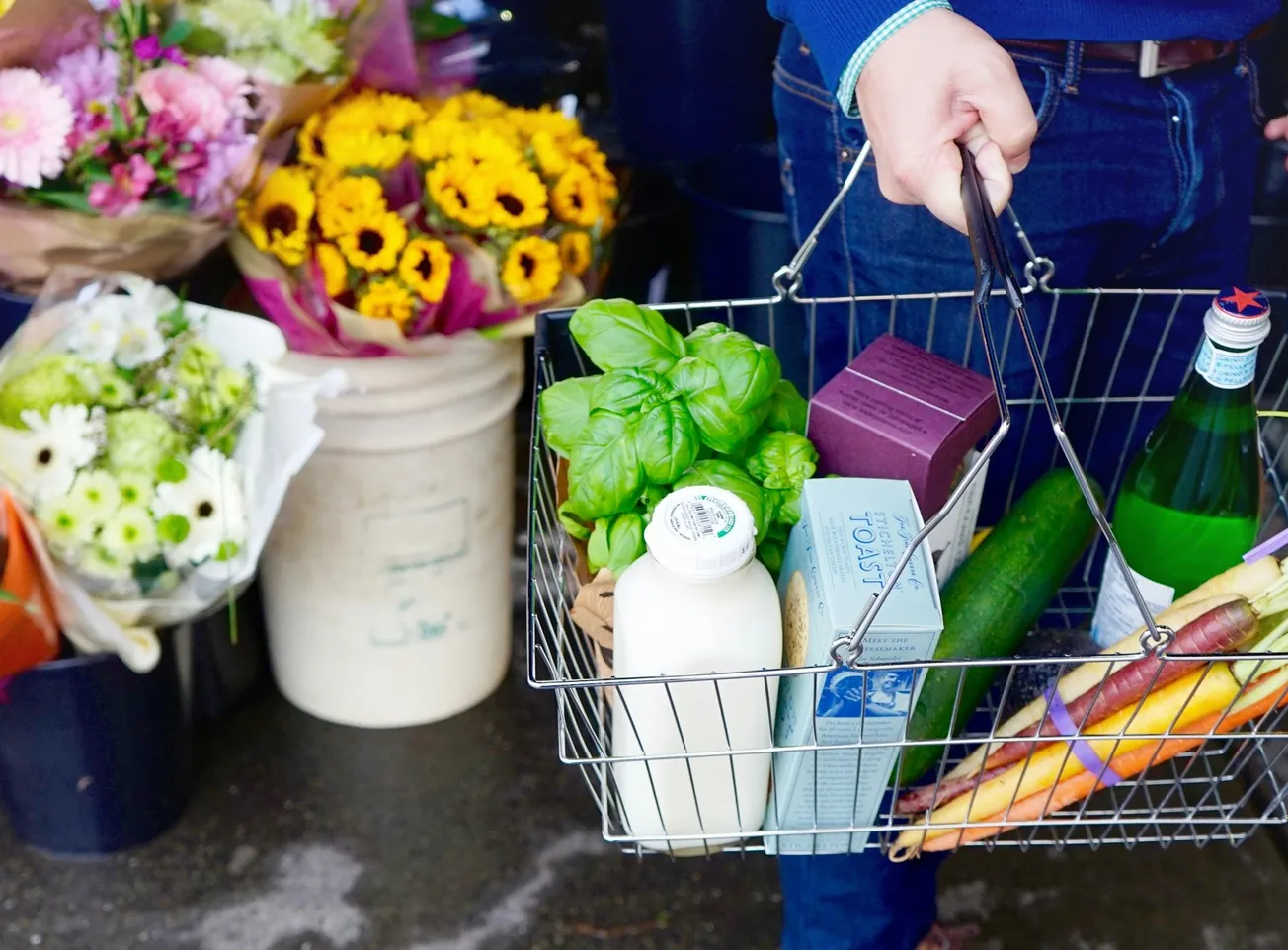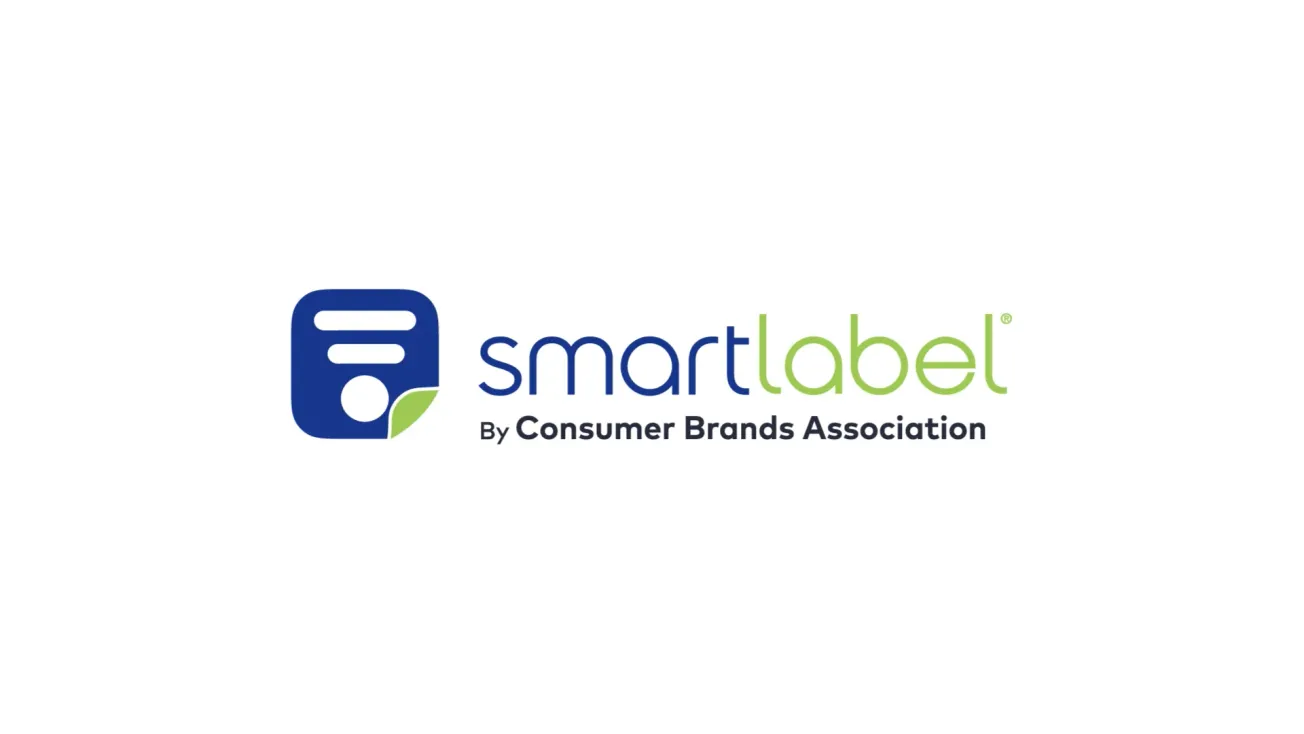The Wild West never lacked for traveling salesmen pushing the newest elixir or snake oil to solve all your medical maladies. Fever? Take this! Stomach pains? Here’s the cure! As the health and medical fields matured, however, the playing field was leveled as trusted information became available through doctors, textbooks and other channels. The snake oil salesmen were thwarted through a disruption in information. Today, consumers face a different type of information disruption — there’s just too much of it.
With more than 100,000 purported “health” apps listed on the Apple and Android marketplaces, users are inundated by apps that are intended to help improve overall health and wellness. Downloading the app is the easy part. Determining whether the app has accurate information and can be trusted (or whether it’s modern-day snake oil) is the difficult part.
Chain drug stores have an opportunity to help consumers see through this chaos, further building trust with their customers and rapidly integrating into the growing digital health ecosystem.
In this sixth article of A.T. Kearney’s yearlong series on potential industry disrupters, we examine the implications associated with the growing proliferation of health apps. This disruption is broader than the medical self-service apps that allow the user to test blood glucose, or the emerging telemedicine innovations we covered in our fourth article — it’s about 24/7 immediate access to information and the inability of an app alone to truly drive behavioral change.
In the face of this, how can consumers make informed decisions? Who is helping to educate and guide them through the chaos? How can chain drug stores compete with the thousands of nimble app developers and other players (hospitals and payers, for example) that are pumping out apps? Should they even try to compete?
Problem is choice
The year is 2008 and the Blackberry rules the world. The original iTunes App store is launched in July with just 552 apps. Shortly thereafter, in October 2008, Google launches an app store (since named Play) with roughly 2,000 apps. The question on people’s minds: Wait — what’s an “app”?
Fast-forward six years to 2014. Blackberry is essentially dead. Apple and Android (Google’s operating system) dominate the smartphone market with a 94% market share, and their app stores boast more than a million apps each. Global app downloads are expected to eclipse 132 billion this year — more than 4,185 downloads a second. The market is booming.
According to research2guidance, a mobile research firm, the Apple and Android markets have approximately 100,000 unique health apps between them. These apps can be further broken down into a number of subcategories, with three — fitness (31%), medical reference (17%) and wellness (16%) — representing the majority at 64%.
While many of these apps are from trusted, legitimate organizations such as the American Medical Association or small, nimble health start-ups focused on driving innovation, there are what may seem like snake oil salesmen among them. With a limited regulatory framework in place that is less stringent than other parts of the health care system, this only adds to the complexity. The problem is choice — there are simply too many apps to choose from, making it tough to tell the good from the bad.
So, given the plethora of apps, the variety of players developing them and the limited regulatory environment, how can chain drug stores compete?
Don’t compete, curate to CARE
There will no doubt be the need for chain drug stores to have branded apps for core transaction processing and customer engagement related to competitive differentiators. However, rather than trying to compete by building apps and content to meet all needs, the focus should be on curating third-party app marketplaces for your customers.
These marketplaces should offer a selection of apps — for example, fitness, medical reference and general wellness — that focus on health and wellness and align with your current strategic goals. Just as your brand teams select which products to put on the shelves, internal teams can identify trustworthy apps. This can rapidly build further loyalty with customers by providing them visibility through the chaos of available apps.
But curating alone creates little differentiation. The true opportunity lies in cracking the code to enable behavioral change and help people adopt more healthy habits. Chain drug stores are well positioned to harness this opportunity by leveraging what we are coining the “CARE” model: Curate, Activate, Reciprocate and Educate.
Activate: A curated apps marketplace should activate your customers to better health and wellness activities. It not only gets them more involved in managing their day-to-day health, but also provides an opportunity for you to directly engage them in that health management. To enable this, chain drug stores should provide application programming interfaces (APIs) to outside developers. This provides rapid access to apps and drives deeper integration with the growing digital health ecosystem.
Reciprocate: This two-way street is built upon motivation and loyalty and is where chain drug stores can drive behavior change. Curated marketplaces create a vehicle to offer rewards — discounts on items or points, for example — to motivate customers to achieve healthy goals. These goals can be as simple as a certain number of steps to sophisticated disease management programs. In response, customer loyalty increases as you help them achieve and maintain a healthier lifestyle. As they share what they’ve achieved with your help on social media, your brand gains valuable social currency.
Educate: By leveraging store footprints and skilled employees, chain drug stores provide the perfect setting to help customers determine how to use mobile apps to improve health and wellness. Pharmacists and nurse practitioners at in-store clinics are well positioned to provide guidance to customers — a “digital health checkup.” Opportunities also exist to hold in-store educational sessions such as setting and tracking Fitbit goals or improving BMI based on a Withings wireless scale. The educational opportunities are endless and provide a valuable avenue for behavioral change.
Walgreens is an example of an organization that has taken a leadership role in driving behavior change through its new program “Balance Rewards for healthy choices.” By enabling customers to easily link devices and apps to their Balance Rewards accounts, and then rewarding them for logging activity or achieving certain goals, Walgreens has begun to activate its customers to digital health and wellness while also creating an avenue for more rapid integration.
If you curate, they will come
It’s no secret — health care is moving away from single ownership of data toward seamless integration and data sharing. Creating a closed system of proprietary tools and data sets limits integration opportunities. Today’s consumers are adopting innovative technology faster than pharmacies, payers and providers, forcing these groups to try to keep up. This is true of innovations from online scheduling of appointments to prescribable mobile health apps. It’s a race that leaves many feeling like they’re on a treadmill set on high, running to just stay in place.
By curating apps for customers, chain drug stores position themselves to rapidly innovate and become further integrated into this expanding digital health ecosystem.
Similar to Walgreens, some health payers already understand the opportunities this approach affords. Cigna allows patients to link tools such as fitness trackers and smart scales and feed data directly into online health profiles. Aetna, however, recently announced the closure of CarePass, its online app market and health hub.
What differentiates chain drug stores from other players is the ability to leverage local physical assets — stores, community rooms, employees — to drive success. Chain stores’ proximity to and level of daily interaction with consumers truly enables them to educate users and guide them down the path to a healthy lifestyle utilizing health apps.
Despite the opportunities, challenges remain in curating. Controls must be put in place to ensure the apps are in fact safe and accurate. And while open APIs enable rapid innovation and integration, they also require close scrutiny of whom you are opening your systems to. Finally, how do you monetize the marketplace? There are opportunities to sell hardware such as Fitbits and Withings scales, but is that enough to justify the cost of curating?
The benefits of curating — speed of innovation, integration into the digital health ecosystem, increased customer loyalty — likely outweigh the risks. And by not curating, you’re getting left behind as others innovate and open their systems to outside apps.
Leaders, though, are thinking bigger and adopting the CARE model: curating successful, integrated app marketplaces while also developing the supporting capabilities to drive behavior change. Just keeping the snake oil salesmen away is no longer enough. True disruption will come from organizations that walk with customers down the path to better health and wellness rather than just pointing them in the right direction.
ADAM PELLEGRINI is vice president of digital health at Walgreens. ADAM PRESSMAN is a partner with A.T. Kearney. He is based in Chicago and can be reached at adam.pressman@atkearney.com. JASON DOMBI is a consultant with A.T. Kearney and is based in New York City.




